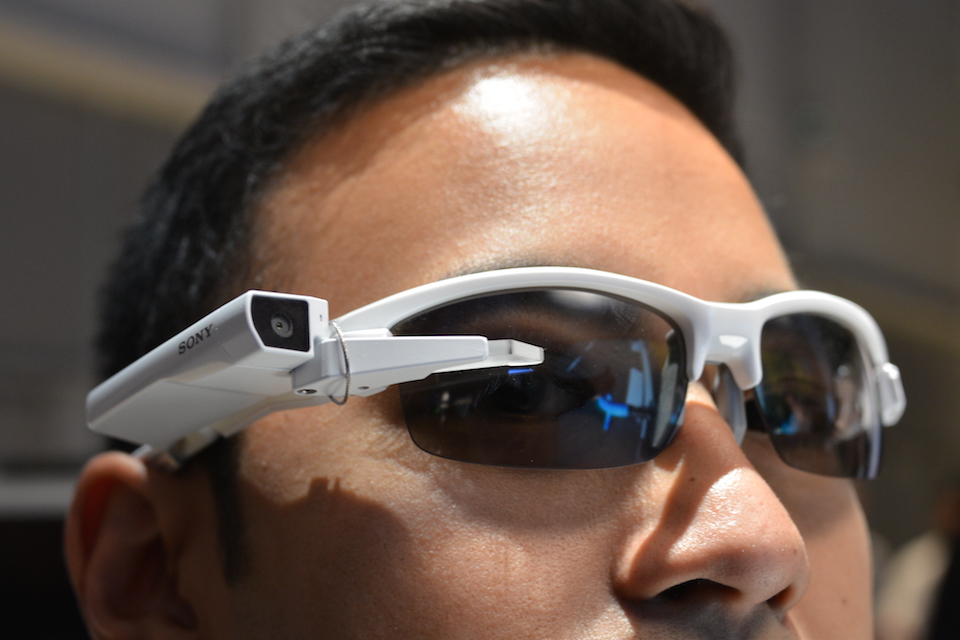

When the ball went off the court or into the net, players hit a reset button to start the next round. Balls that hit the ground would bounce like a real tennis ball. As long as they pressed the button when the ball was in their court, players couldn’t actually miss the ball, but if they hit it at the wrong time or hit it at the wrong angle, the ball wouldn’t make it over the net. Players could turn a knob to adjust the angle of the ball, and push a button to hit the ball towards the other player. After a little debugging, the first video game was ready for its debut. Technician Robert Dvorak spent about two weeks building the device. Higinbotham made some drawings, and blueprints were drawn up. Having worked on displays for radar systems and many other electronic devices, Higinbotham had no trouble designing the simple game display. It took Higinbotham only a couple of hours to conceive the idea of a tennis game, and only a few days to put together the basic pieces. The instrumentation group had a small analog computer that could display various curves, including the path of a bouncing ball, on an oscilloscope. He later recalled in a magazine interview that he had thought “it might liven up the place to have a game that people could play, and which would convey the message that our scientific endeavors have relevance for society.” Higinbotham thought he could better capture visitors’ interest by creating an interactive demonstration. Most of the existing exhibits were rather dull. Higinbotham was responsible for creating an exhibit to show off the instrumentation division’s work. He served as head of that group from 1951 to 1968.ĭuring that time, in October Brookhaven held annual visitors’ days, during which thousands of people would come tour the lab. In 1948 he joined Brookhaven National Laboratory’s instrumentation group. In 1943 he moved to Los Alamos to work on electronics for a timing system for the atomic bomb. In 1941, he joined the MIT Radiation Lab, where he worked on cathode ray tube displays for radar systems. At Cornell as a graduate student he worked as an electronics technician. He graduated from Williams College in 1932, and then went to graduate school in physics at Cornell University. Higinbotham was born on Octoin Bridgeport, CT and grew up in Caledonia, NY.

It was a very simple tennis game, similar to the classic 1970s video game Pong, and it was quite a hit at a Brookhaven National Laboratory open house. In October 1958, Physicist William Higinbotham created what is thought to be the first video game. After spending brief stints in Rome and elsewhere in Ireland, his head arrived in Drogheda in 1929, where it has remained ever since.October 1958: Physicist Invents First Video Game Plunkett’s various body parts were buried in the courtyard at Saint Giles-in-the-Fields, though they were exhumed a couple years later. As was customary for those accused of high treason, he was brutally hanged, drawn, and quartered on July 1, 1681. Plunkett was found guilty of high treason for “promoting the Roman faith” and sentenced to death. He soon became a victim of the Popish Plot, a fabricated conspiracy concocted by an Englishman that was meant to create further anti-Catholic hysteria. His college contained both Protestant and Catholic students, making it Ireland’s first integrated school.īut sadly, Plunkett was unable to escape eventual persecution. Despite the prolific anti-Catholic sentiment, he was still able to found a Jesuit college. Oliver Plunkett became a Catholic priest in the 1650s, during the turbulent aftermath of the Cromwellian conquest of Ireland, which saw the persecution and execution of Roman Catholic clergy. In 1997, he was deemed the country’s patron saint for peace and reconciliation. Oliver Plunkett, a 17th-century Irish martyr, became Ireland’s first new saint in nearly 700 years after being canonized in 1975. Inside, the preserved head of a saint lies within an intricate shrine that resembles both an ornate cage and an oversized golden crown. A gorgeous French Gothic church holds a somber, morbid reminder of the religious persecution that scars Ireland’s past.


 0 kommentar(er)
0 kommentar(er)
